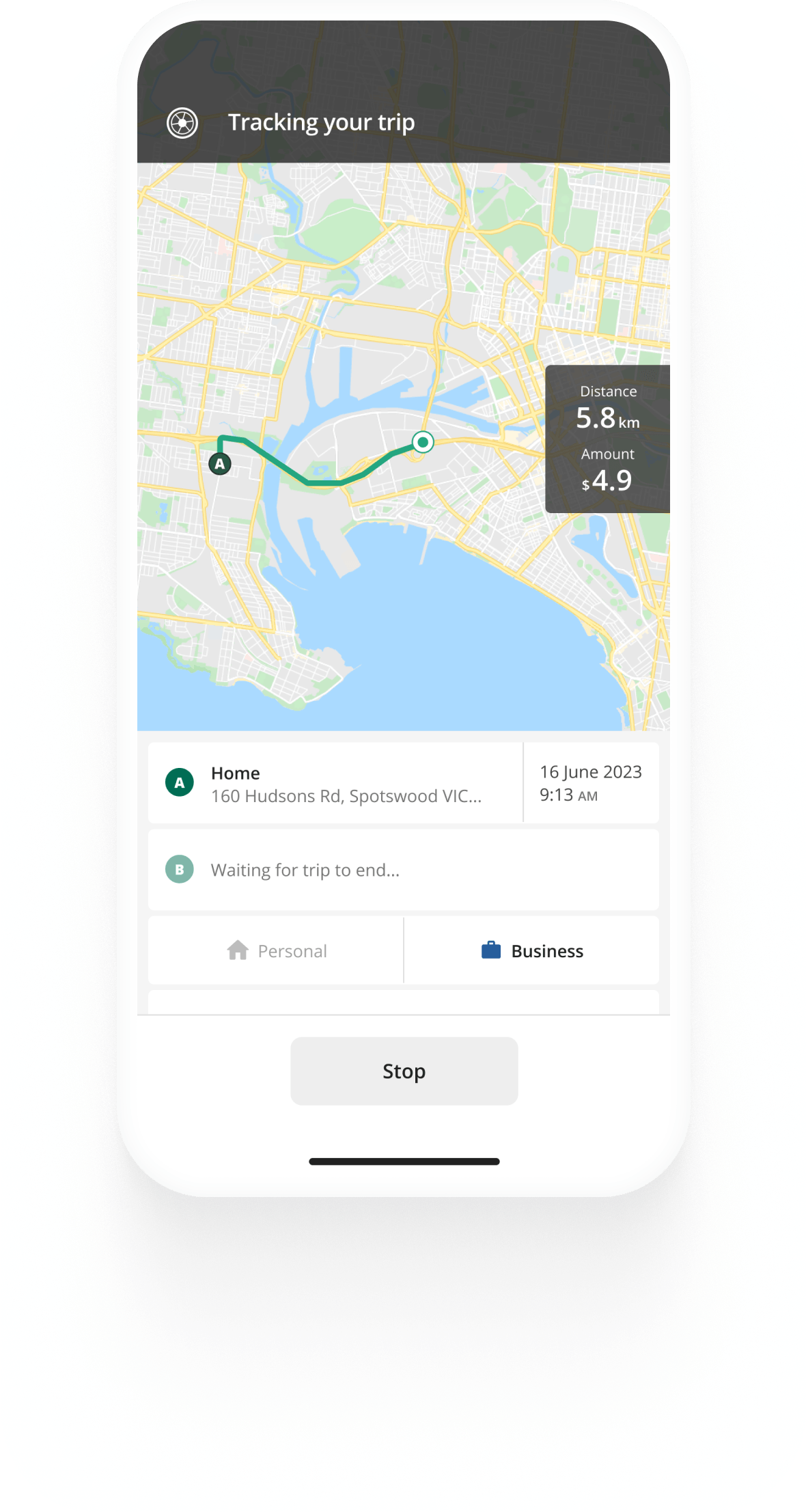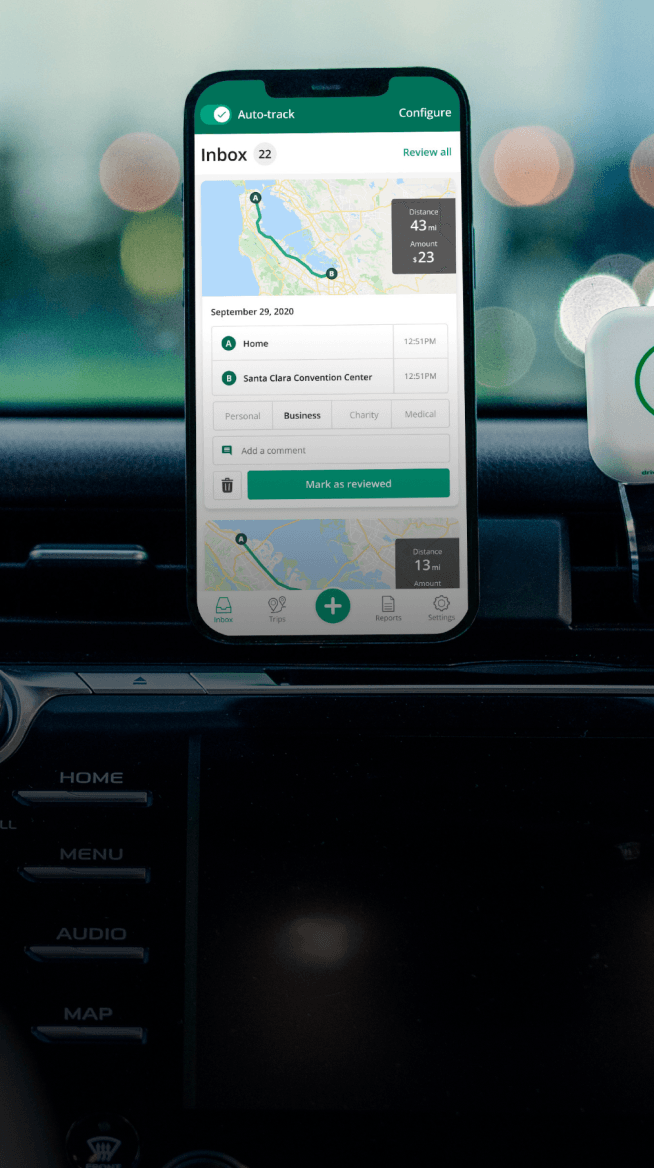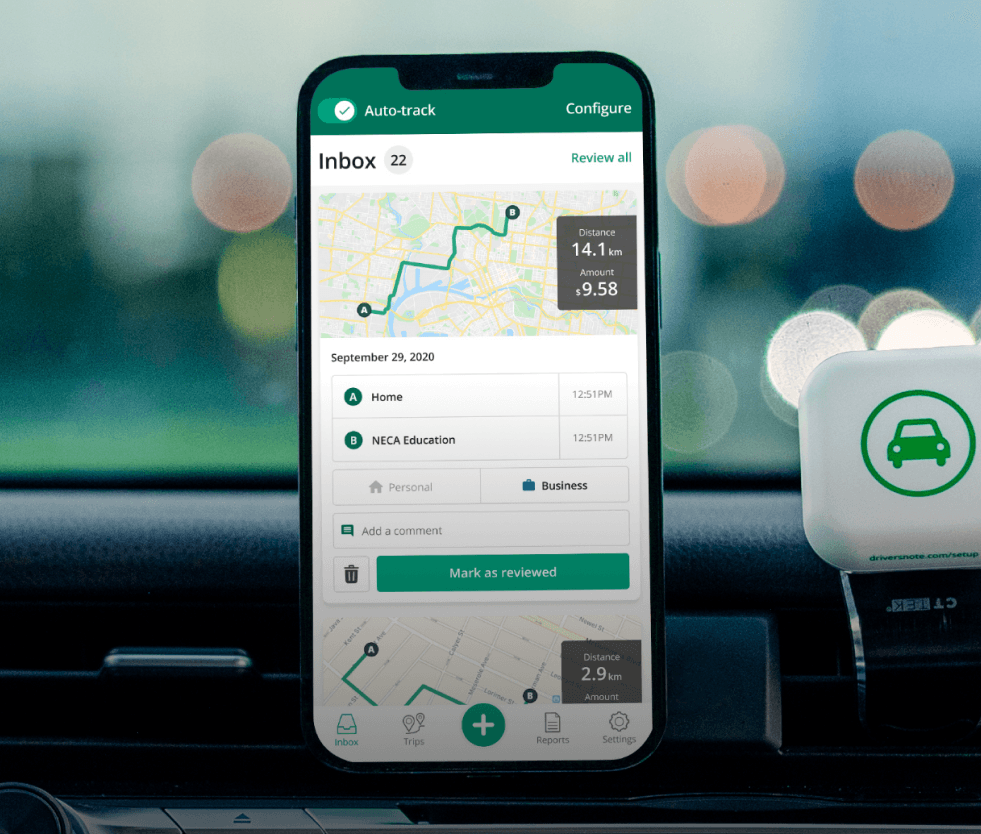Track mileage automatically
Get started
ATO cents per km rate 2025-26
The ATO has confirmed that the cents per kilometre rate for the 2025/2026 tax year is 88 cents per kilometre, effective from 1 July 2025 to 30 June 2026. The rate remains unchanged from the previous year.
| Tax year | ATO cents per km rate |
|---|---|
| 2025-26 | $0.88 per kilometre |
| 2024-25 | $0.88 per kilometre |
No changes to the cents per km rate for 2025-26
The ATO reviews the rate annually, taking into account vehicle running costs (fuel, depreciation, maintenance, insurance) and other economic factors such as inflation.
For the upcoming tax year, the rate will be held at 88 cents per kilometre.


Kilometre tracking made easy
Trusted by millions of drivers
Automate your logbook Automate your logbook

Automatic mileage tracking and ATO-compliant reporting.
Get started for free Get started for freeHow the rate applies based on your employment type
For sole traders and partnerships
- You can use the ATO cents per km rate to claim a deduction for up to 5,000 business kilometres driven in the 2025/26 income year.
- You cannot claim any other car expenses separately, as the rate covers all running costs, including vehicle depreciation.
Also read: ATO Car Expense Deduction Rules for the Self-Employed
For employees
- If your employer reimburses you, they may use the ATO rate or set a different rate. It’s the employer’s choice to reimburse you, and they can also do so at a rate higher or lower than the 2025 cents per km rate.
- If you don’t get reimbursed for your business driving, you can claim up to 5,000 km at 88 cents per km on your tax return.
For more rules on employee car expenses, read our dedicated employee guide.
Recordkeeping
No written evidence of each trip is required with the cents per kilometre method, but the ATO may ask for proof of how you worked out all your private vs business driving to validate your claim.
We advise keeping a paper diary or a vehicle logbook app to be on the safe side.
If you drive more than 5,000 business km a year
If your business driving exceeds 5,000 kilometres a year, you cannot apply the cents per kilometre method. You might want to consider the ATO’s logbook method for claiming vehicle expenses.
With the logbook method, you can claim actual vehicle expenses instead of applying the set rate, without a km limit.
Our side-by-side comparison of the cents per km method vs the logbook method might come in handy when deciding what’s best in your unique situation.
FAQ

Tired of logging mileage by hand?
Effortless. ATO-compliant. Liberating.
Top posts
- Sole Trader Tax Deductions: An Essential Guide
- Cars Exempt from FBT
- Company Car Policy: Complete Guide & Downloadable Template
Related posts
ATO Mileage Guide
Latest update: 23 June 2025 - 5 min read
Learn about the rules of reimbursing employees for their car expenses or deducting expenses as an employee or self-employed individual.
Sole Trader Tax Deductions: An Essential Guide
Latest update: 22 October 2025 - 5 min read
Maximise your income with our guide to sole trader tax deductions. Learn about deductible business expenses and how to claim them.
Cars Exempt from FBT
Latest update: 8 July 2025 - 5 min read
Types of cars exempt from Fringe Benefits Tax, together with exemption conditions and a list of popular models that qualify.

.svg)
